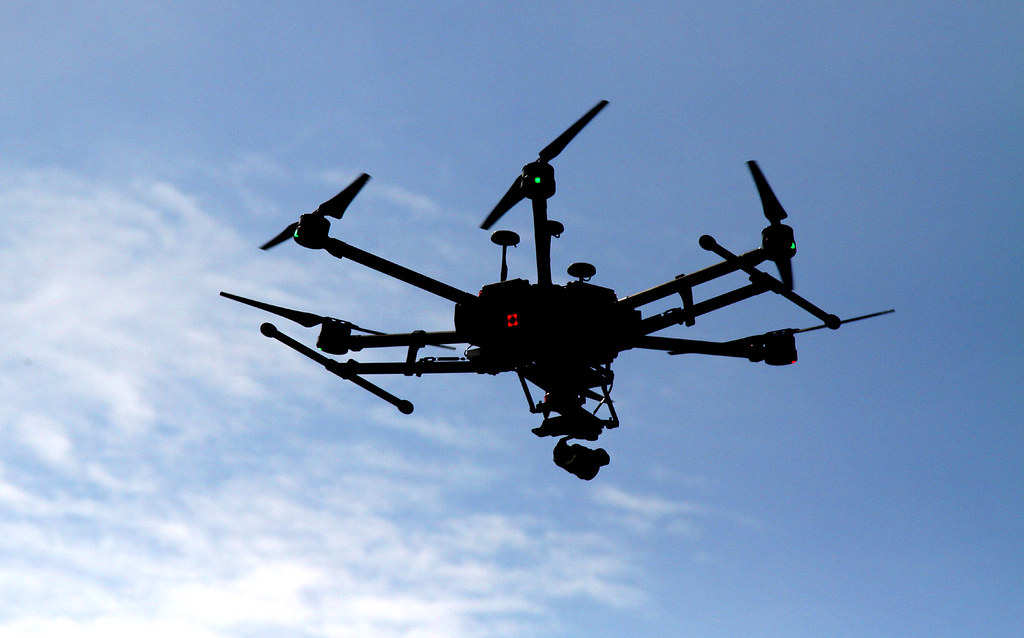Drones have been used to deliver packages before, but they’re now being used to transport something far more valuable: human organs. As a new USA Today piece points out, researchers at MissionGO and the Nevada Donor Network recently announced two successful test flights in which drones transported human organs and tissue in Las Vegas.
The first drone flight on Sept. 17 transported research corneas from one hospital to another roughly two and a half miles away, while a second flight that same day delivered research kidneys from an airport to a small town in the Las Vegas desert roughly 10 miles away — making it the longest organ delivery flight via drone in history. (Admittedly, the competition can’t have been too stiff for that title.)
Though the kidney was being used for research, not a transplant, scientists took biopsies of it before and after the flight and determined there were no changes in its viability. That could mean drone flights might soon be a safe alternative to commercial flights for organs intended for transplant.
Due to the pandemic, there are fewer commercial flights available these days, and as Dr. Matthew Cooper, director of kidney and pancreas transplantation at Medstar Georgetown Transplant Institute and vice president of the United Network for Organ Sharing (UNOS), told the publication, organs are discarded if no flights are available to transport them before they become nonviable.
“You can think about [drones] being pretty revolutionary in breaking down one of the obstacles to increasing the number of organs utilized and decreasing discards,” he said.
Thanks for reading InsideHook. Sign up for our daily newsletter and be in the know.















